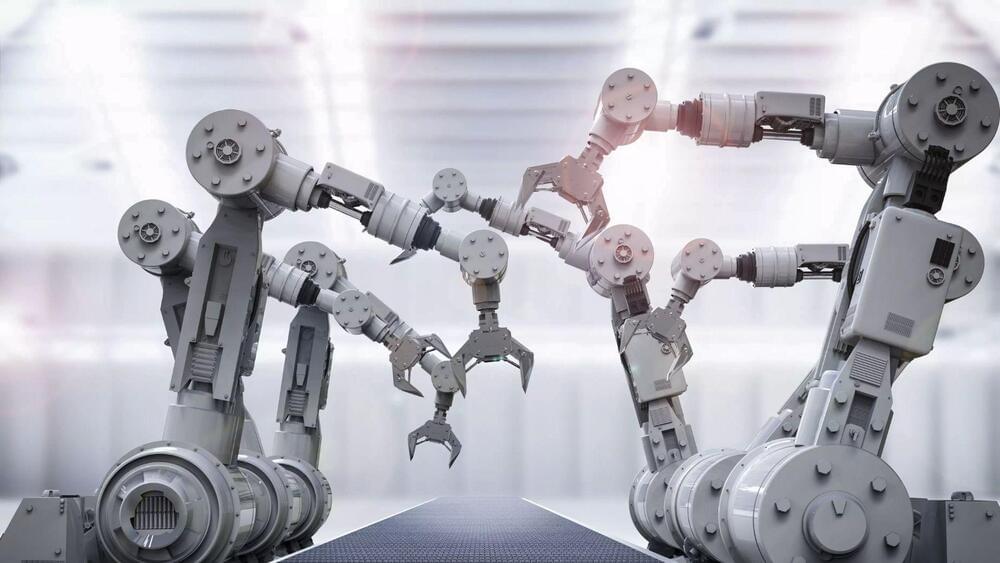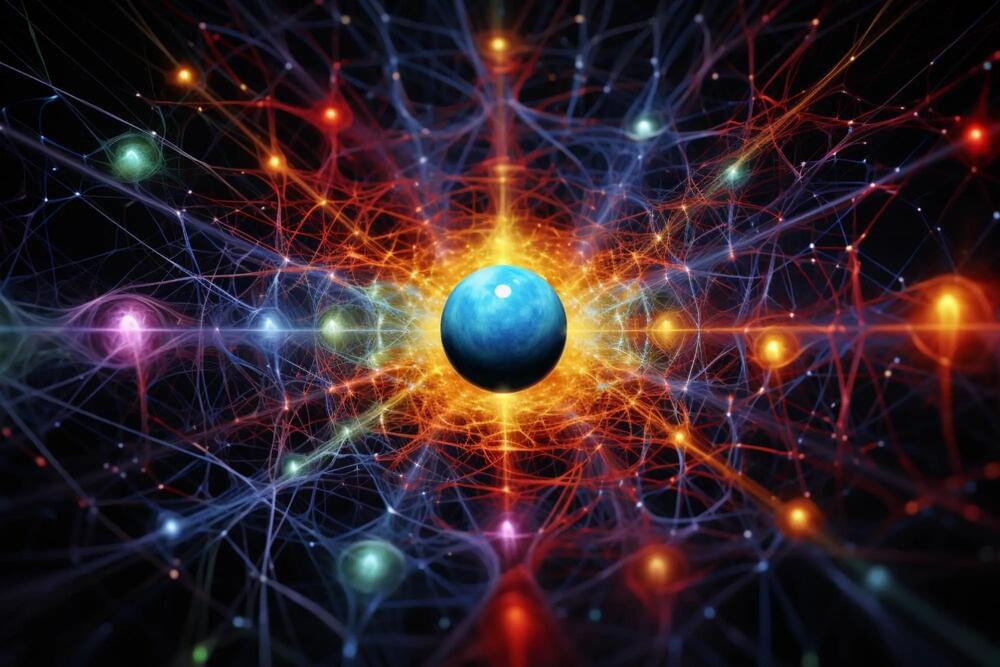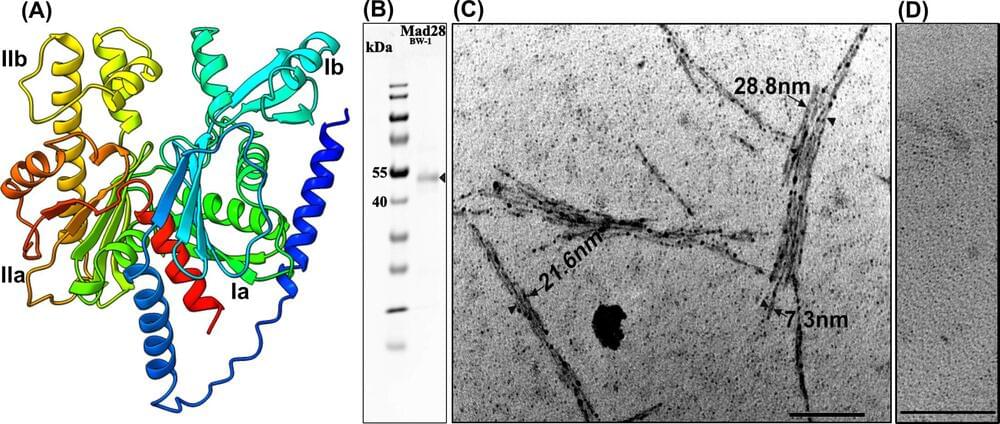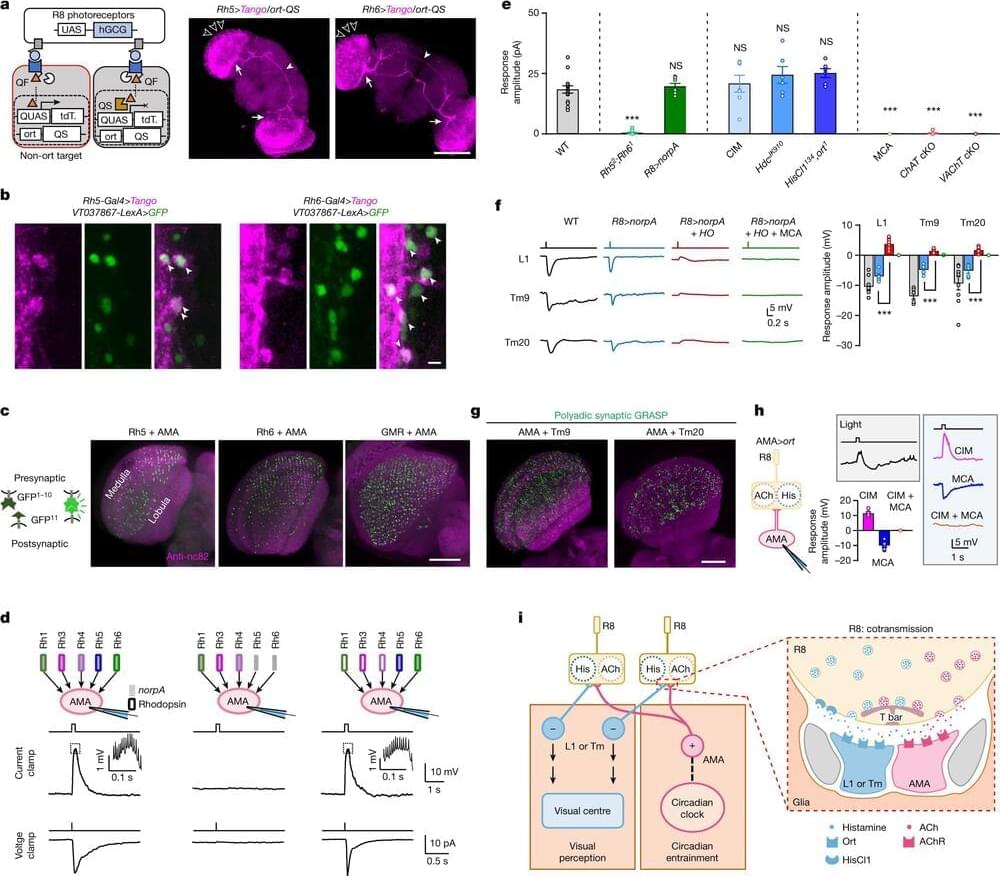Oct 30, 2023
Australia made a breakthrough in using mirrors to generate solar power
Posted by Gemechu Taye in categories: solar power, sustainability
“This is significant because it creates the opportunity for greater renewable energy storage.”
Through the use of solar collectors, concentrated solar thermal technology (CST) harnesses solar energy to produce heat or electricity. The process is simple although difficult to execute successfully: large mirrors or lenses focus sunlight onto a narrow region known as the receiver.
These mirrors are what are known as solar collectors and they come in a variety of formats each with a distinct design and focusing technique, such as dish systems, solar power towers, and parabolic troughs.


















